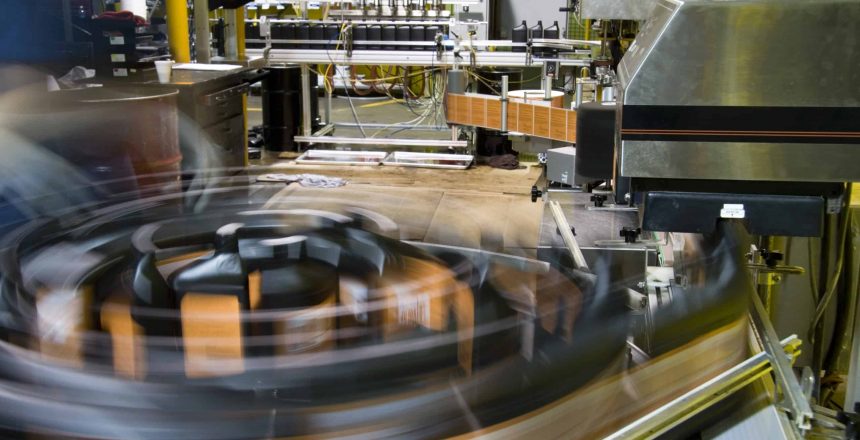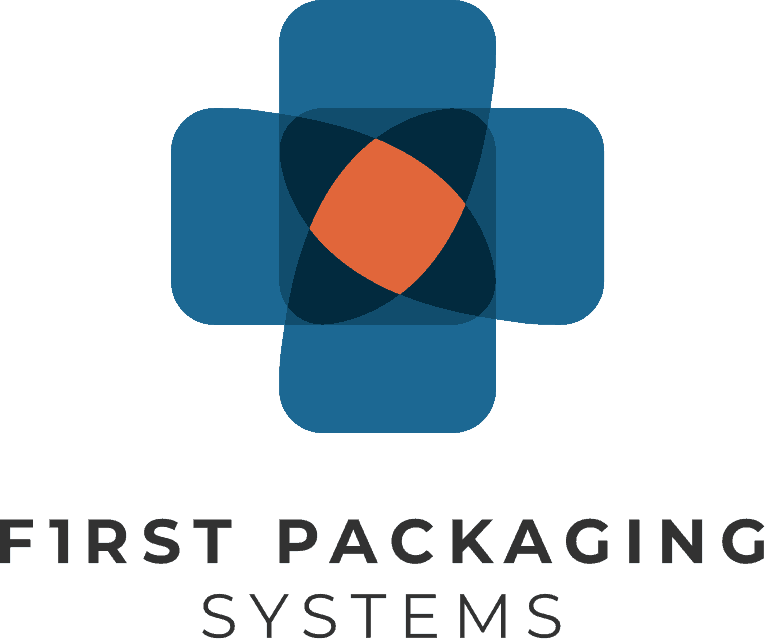Too many businesses let their packaging strategies gobble up their profitability.
Sometimes the problem is rooted in processes that were designed when the business was smaller, or its product mix was different. Rather than adapt to new conditions, management has stuck to old habits without recognizing their impact on the bottom line.
Other times, the business has put all its focus on keeping initial unit costs as low as possible. Those few cents of savings on packaging materials translate to substantial costs down the line from efficiency losses, corresponding higher labor expenses and more problems with damaged product.
The common mistake is to treat packaging as simply an expense to be endured, rather than as a potential source of profit. Here are examples of how a profit-oriented approach can change the packaging game:
- Design packaging processes to streamline labor input.
Reducing labor costs should be a major focus of a business’s packaging process design. Fractional efficiency gains can save significant hours of work over time. The business’s entire supply chain can be a contributor to labor costs. Consider how products arrive at the plant, and how they are handled. Explore the way equipment is positioned on the floor, and choose supplies that come configured to eliminate time-consuming steps.
- Reduce damage and returns.
Many businesses discover too late that their packaging strategies have created a constant stream of product returns from customers who receive damaged goods. Hand-wrapped pallets that come to pieces in transit, inadequate void-fill, or ill-fitting containers may provide per-unit savings, but they drive restocking costs and erode customer confidence.
- Packaging’s interaction with inventory management.
Packaging can be a huge factor in a business’s effort to maintain a lean inventory. Logistical efficiency relies on careful consideration of space, stacking requirements, and handling procedures. Careful packaging decisions can shave a few cubic inches from a pallet, allowing for tighter stacking. They also can improve the speed at which a forklift operator can safely work.
- Optimizing packaging for the supply chain.
A comprehensive packaging strategy must take into account the entire supply chain through which products will flow. How are items shipped? How are they stored? Can SKU’s be combined? Who are the end users and how should their demands shape decisions? Balancing factors like these is rarely easy, but the effort can result in substantial savings.
- Capture the power of automation.
Automation is no longer a luxury only big businesses can afford. The right automation tools can reduce waste, free space on the shop floor, and dramatically increase process speeds, all while cutting back on labor costs. Introducing automation is typically an opportunity to evaluate each of the other items we’ve covered here, as materials and designs are selected to optimize the automation step. The net result can be a dramatic improvement in operational efficiency.
How does a business begin to address its packaging shortfalls?
If past packaging decisions are shrinking margins and holding back your business, it may be time to make a change.
At First Packaging Systems we specialize in tailoring packaging solutions to fit our customers’ specific business conditions and goals. We will analyze your business’s warehousing practices, supply chain logistics, and end-user goals to ensure your packaging strategies are the right fit at every stage.
A phone call is all that’s needed to get started. Call us at (909) 613-5955 or send us an email to begin tapping into the full potential of modern packaging solutions.


